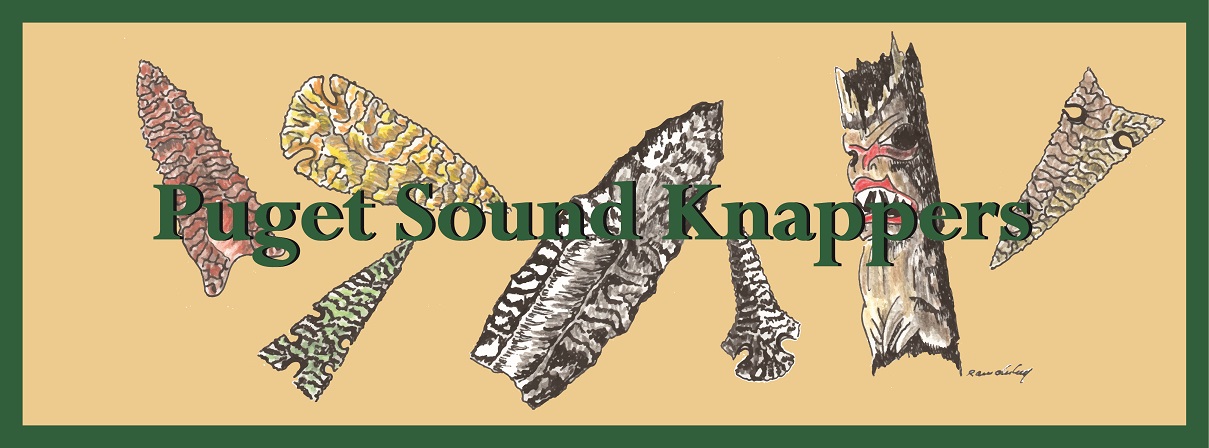 |
||
 |
 |
 |
 |
 |
 |
|
BLM Rock Collecting Guide - Idaho Published September 2004 Warning and Disclaimer! Current as of 12/26/2016 U.S. Bureau of Land Management "ROCKHOUNDING" is a fun and educational outdoor activity that can be enjoyed by everyone. The collecting of rocks, mineral specimens, gemstones, petrified wood and common invertebrate fossils on public lands managed by the BLM is generally considered a casual use activity. These activities require no permit, fee or notification of the BLM, provided that: -- Collecting is not specifically prohibited or restricted -- Your collecting activities result in no more than minor disturbance of the public lands. -- Equipment is limited to hand tools and metal detectors. You may not use explosives or motorized/mechanical devices such as earthmoving equipment. -- Specimens are for personal use and are not collected for commercial purposes or bartered to commercial dealers. -- Only reasonable quantities are collected. For petrified wood, reasonable limits for personal use are defined as 25 pounds, plus one piece, per day, with an annual limit of 250 pounds. -- You reclaim any disturbance that you create, such as backfilling holes, etc. Additional notes onrockhounding: Land Ownership It is recommended that you check land ownership when planning a rockhounding trip. A good place to start is your local BLMfield office, where you can obtain maps with land ownership information. Maps will help you determine whether your collecting site is on private or public land. Permission should always be obtained first before collecting on private land. You may also need permission if your collecting site is covered by a mining claim, as certain minerals and gemstones found on mining claims belong to the claimholder. In most instances, public lands are open to rockhounding. The BLM can help you make this determination. Abandoned Mines Idaho contains thousands of abandoned mine sites, left over from operations in the late 19th and early 20th centuries. Abandoned mines contain many hazards, including cave-ins and dangerous fumes. For your safety, do not enter abandoned mines under any circumstances. Cultural Artifacts Cultural artifacts are commonly found in and around old mining sites. Cultural artifacts include objects and debris more than 100 years old that were used or produced by humans. Such materials on public lands may not be removed, damaged, disturbed, excavated or transferred without a BLM permit. Historic sites are not open to the collection of cultural artifacts. If you find an artifact, it is best to leave it where it is. Suction Dredges Small portable suction dredges (less than 5” and 15 hp) are commonly used to recover gold from rivers and streams. This may be considered a casual use activity and usually does not require a BLM permit. However, you must obtain a Recreational Dredge Mining Permit from the Idaho Department of Water Resources and an NPDES General Permit from the EPA before engaging in this activity. Also be advised that these agencies may have permanent or seasonal restrictions on certain segments of rivers and streams. Decorative Stone A permit is required for the collection of decorative stone, such as river cobbles and lava rock for landscaping or construction purposes. Decorative stone is commonly sold to the public from community pits and common use areas. Please check with your local BLM field office for information on how to purchase decorative stone. Fossils Vertebrate fossils such as dinosaurs, mammals, fishes, and reptiles, and uncommon invertebrate fossils may be collected only by trained researchers under BLM permit. Common invertebrate fossils such as plants, mollusks, crinoids and trilobites may be collected for personal use in reasonable quantities. Idaho Minerals and Gemstones While Idaho has no specially designated BLM collecting sites, there are many places on public lands throughout the state where you can find minerals, gemstones, and petrified wood. There are over 280 collectable mineral species known to occur within Idaho, including smoky quartz, pyrite, topaz, barite, garnet, epidote, and zeolites. Idaho also has many localities where one can find semi-precious gemstones. The star garnet from the Emerald Creek area in north Idaho is perhaps Idaho’s most famous gemstone. This locality is one of only two in the world that produce garnets with a star. Other gemstones found in Idaho include fire opal, together with many varieties of agate, jasper, and petrified wood. Where to go Rockhounding Numerous field guides are available from private publishers on rockhounding in Idaho. These can be purchased from bookstores and on-line booksellers |
|
©2010 J Keffer |